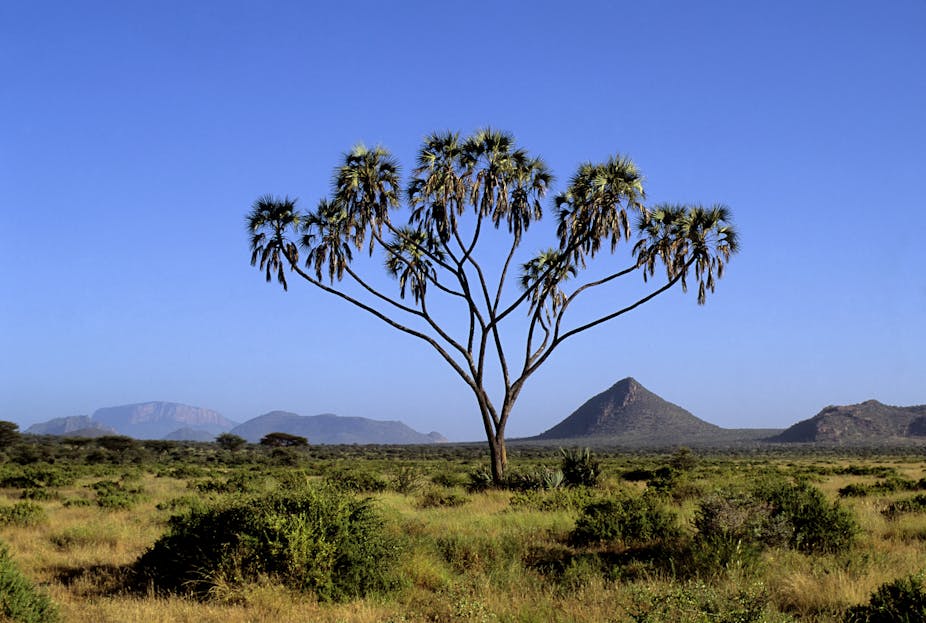Maybe you should start a thread about this in the debateable section stating your views? I would like to chime in but don't want to go completely off topic here.Friends, please let this sink in and do some research. What do you think is the fuel for gut fermentation in a tortoise? Right. Sugar. How many 175-200lb sulcatas eat 8lbs of hay daily? Every single one eats more than that. That's 562.5 grams of *&^%ing sugar for 3750g or 8.26lbs. Who started this absolute unscientific nonsense about tortoises not consuming sugar?
----------------------------
I can definitely see how older, outdated information about tortoise keeping has circulated for years. In the interest of not parroting the same disinformation about sugar and sugary foods I would like to open a discussion beginning with the fact that grass is a sugary food. Where does the fuel for fermentation of alcohol come from in the brewing process? Right.
I have heard on this forum that tortoises can't process sugar. Well, due to the sugar content in the majority of their diet, they absolutely must be able to do something with the sugar because that's what they eat and live a century.



